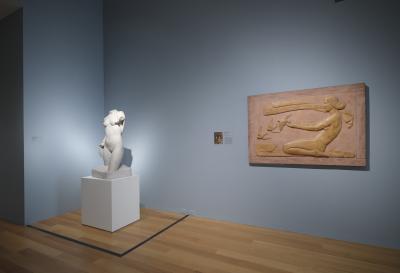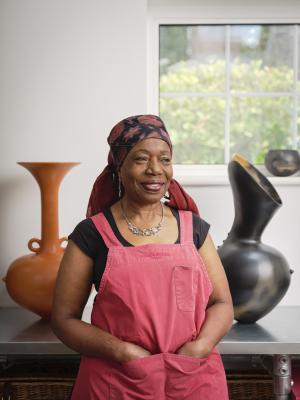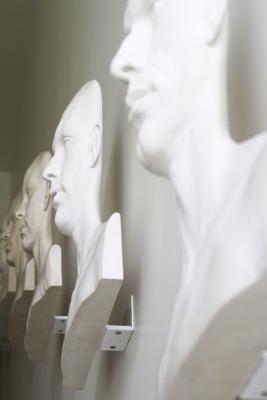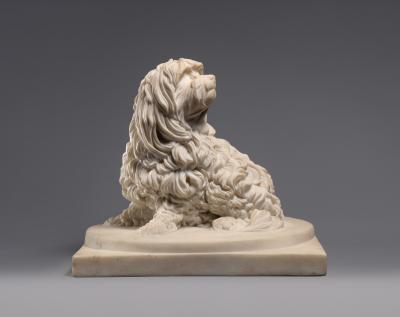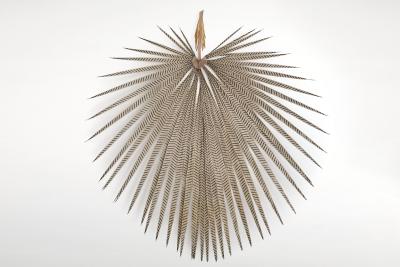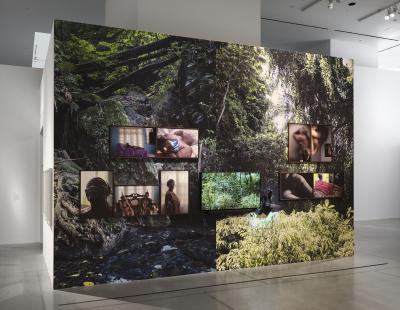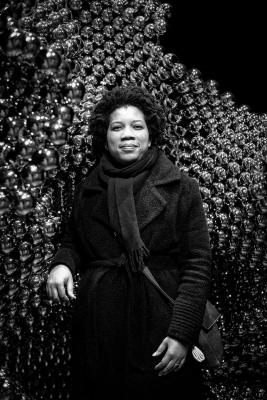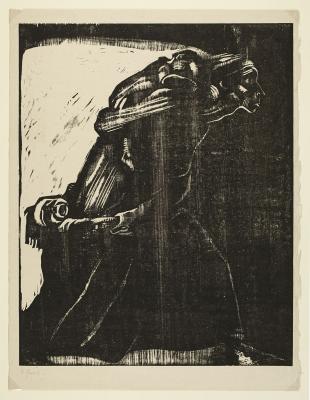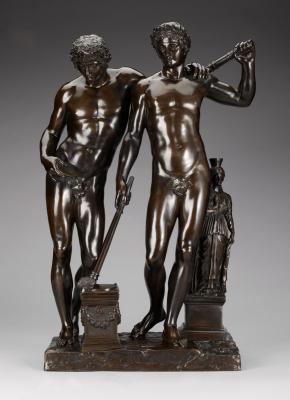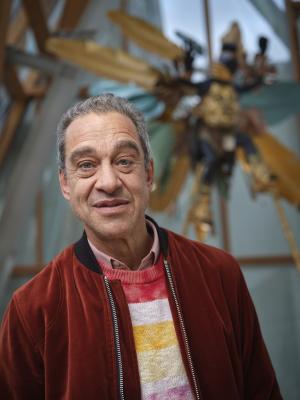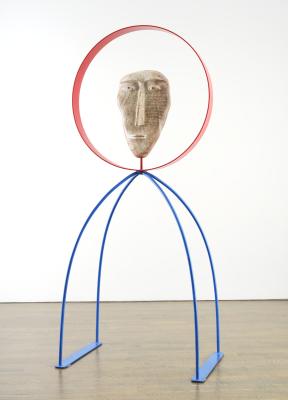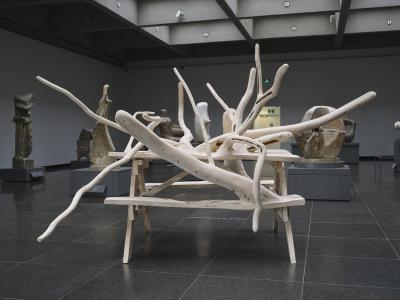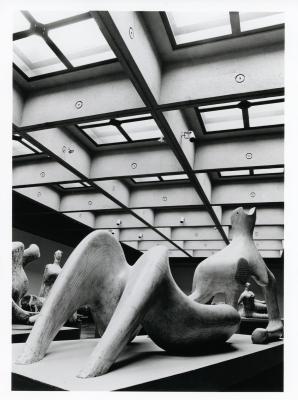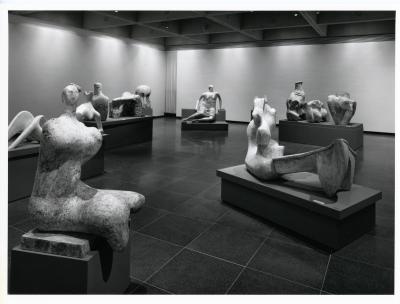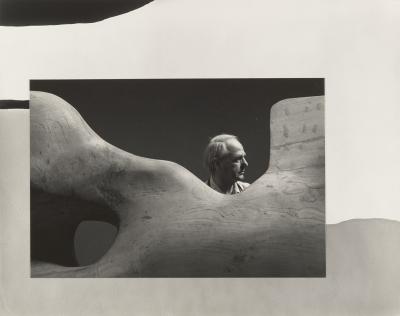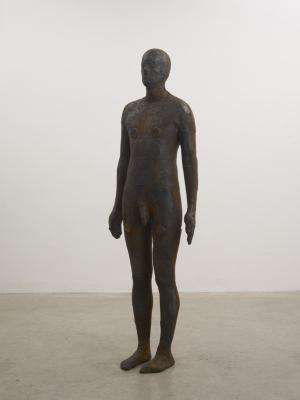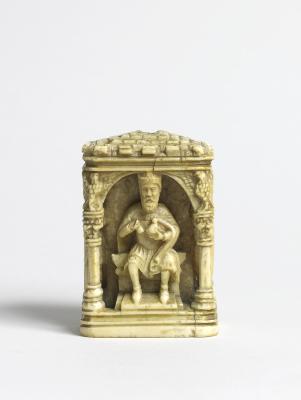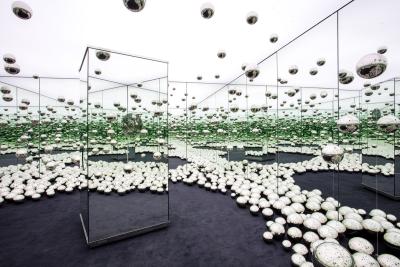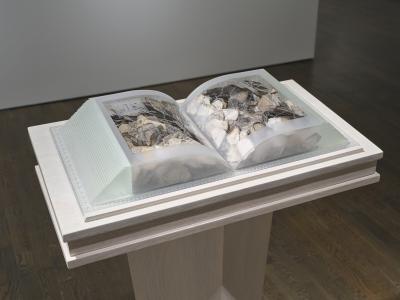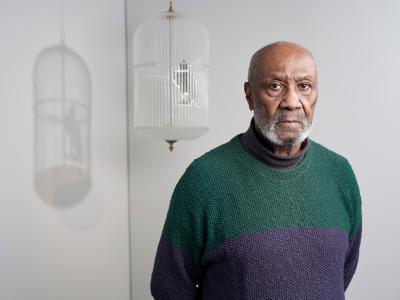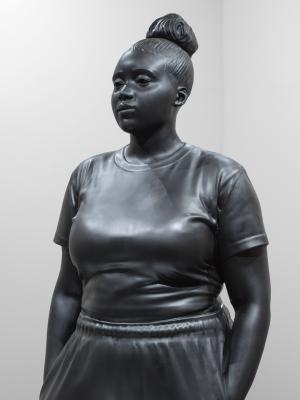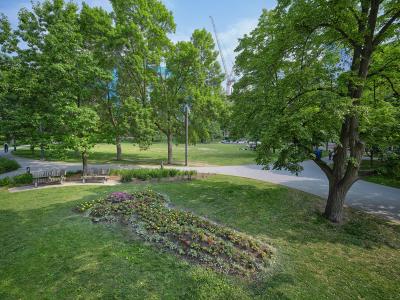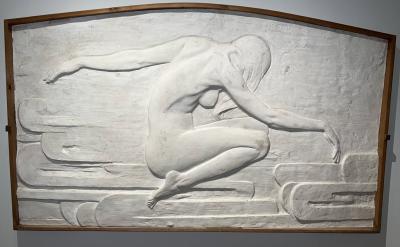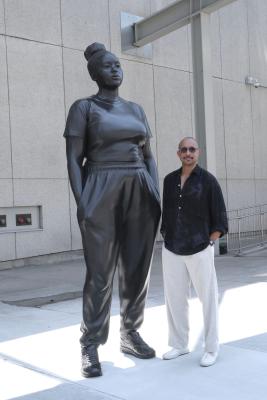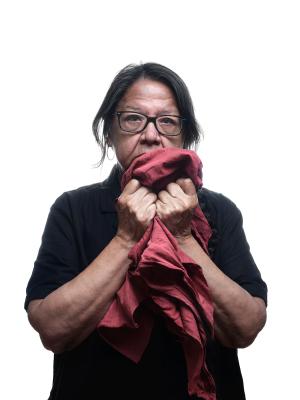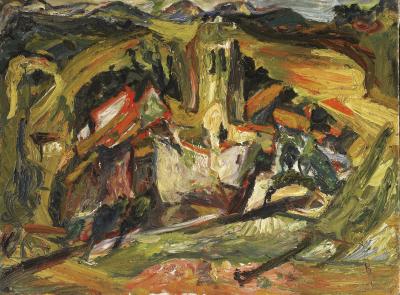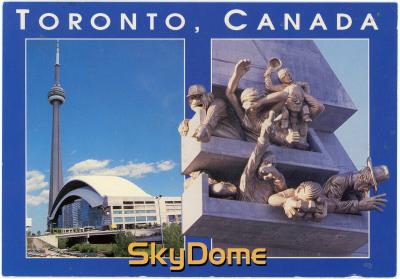Uncovering Frances Loring’s Deer Panel
Rarely seen sculptures by Loring and Wyle go on view at the AGO this August

Frances Norma Loring. Deer Panel, c. 1939-1941. Tripartite painted plaster. Art Gallery of Ontario. Gift of the Estates of Frances Loring and Florence Wyle, 1983. © Art Gallery of Ontario.
Opening August 9, a new exhibition at the AGO brings together a selection of rarely seen sculptures by Toronto artists Frances Loring (1887–1968) and Florence Wyle (1881–1968). In this essay, Melissa Alexander, the W. David Hargraft Fellow in Canadian Art, discusses one of Loring’s architectural models, with notes from Lisa Ellis, Conservator, Sculpture and Decorative Arts and Justina Yu, Conservation Intern, Paintings at the AGO. Deer Panel (c. 1939-1941) will be exhibited for the first time since 1944 as part of the AGO exhibition Remade: Clay, Plaster, Stone.
In the heart of downtown Niagara Falls, a series of terraces and formal gardens make up the Rainbow Gardens. Designed by architect William Somerville and the landscape architecture firm, Dunnington-Grubb, construction on the gardens began in 1939 and incorporated a series of fountains and bas-reliefs commissioned from some of Canada’s leading sculptors: Elizabeth Wyn Wood (1903-1966), Florence Wyle, and Frances Loring.
Loring’s contribution is carved in limestone on the wall of the terrace and overlooks the gardens with a view of the American Falls. Over four metres long, the monumental relief depicts a stately procession of deer in a landscape of curling fronds.
Loring had worked with Somerville and the married duo behind the Dunnington-Grubb firm, Lorrie and Howard Dunnington-Grubb, on several previous projects. All three were proponents of a Canadian style of architecture, one that incorporated Canadian motifs, materials, and flora. Along with several other architects, the group often met at the Diet Kitchen Restaurant on College Street in Toronto and became informally known as the Diet Kitchen School.
In Loring, they found an enthusiastic collaborator. Throughout her career, she advocated for closer working relationships between sculptors and architects. In a 1955 interview, she described the creation of Deer Panel as her most satisfying project.
Loring’s fondness for the panel is likely the reason its plaster model is still in existence. Monumental models, too large to store indefinitely, are often destroyed once carved in stone. Instead, Loring saved the three-piece plaster in her home studio, the Church, which she shared with fellow sculptor and life partner, Florence Wyle. When the Loring and Wyle estates were donated to the AGO in 1983, Deer Panel (around 1939-41) was the largest work included in the gift and is one of Loring’s only surviving architectural models.
Unlike the original clay model, which would have been modelled as one continuous scene, Deer Panel is in three pieces. This was “undoubtedly to facilitate moulding and casting,” notes Lisa Ellis, the AGO’s Conservator of Sculpture and Decorative Arts, adding that “[Loring’s] cuts in the composition – through the middle section of one of the deer, one of the bucks, as well as some of the birds – were made where they would least disrupt the scene.”
The AGO’s reliefs were made by pouring a layer of plaster into moulds taken from Loring’s original clay model. These thin plaster casts were then backfilled for support with additional plaster, a loosely woven textile known as scrim, and wooden staves. The bulked-out forms were then attached to custom-built frames made of wooden planks held together with both joinery and nails. For additional support, strips of plaster-dipped scrim were used to lash the three sections of the relief to the frame.
Over time, the frame has separated from some sections of the reliefs where the plaster covered scrim has failed. Likewise, thinly cast and vulnerable areas mostly along the sides and bottoms of the composition have suffered losses. “The AGO’s Deer Panel is fragile,” notes Ellis, “it was not intended to survive indefinitely but rather was created as an intermediate form of the composition, to be translated into a more permanent material.”
In preparation for its upcoming exhibition, Deer Panel has been undergoing treatment in the Michael and Sonja Koerner Centre for Conservation. The panels came to conservation with a layer of dust and particulate that obscured their detail and colour. Justina Yu, the Conservation Intern in Paintings, gently removed this with soft brushes and sponges.
“This was my first time working with such a large object,” said Yu, “and especially on a plaster sculpture.” To gain more insight into the type of paint used, Yu also took samples from the reliefs – each the size of a quarter of a grain of rice – for analysis in the Queen’s University Conservation Lab. Fourier-transform infrared spectroscopy (FTIR) was used to identify the paint colourant as mostly iron oxide pigments, and the coating as shellac. However, FTIR could not identify the binding media in the paint layer, an unexpected result that raises new questions about Loring’s painting process. Traces of a synthetic adhesive, PVA, were also found, which may have been added to strengthen the plaster.
Deer Panel, constructed when Loring was 52 years old, encapsulates the ingenuity and imaginative construction techniques she remarked upon when she first arrived in Toronto at 25. “To be a sculptor,” Loring said, “one must understand carpentering, and be two or three kinds of mechanic. Besides that, one must have no end of stick-at-it-iveness.”
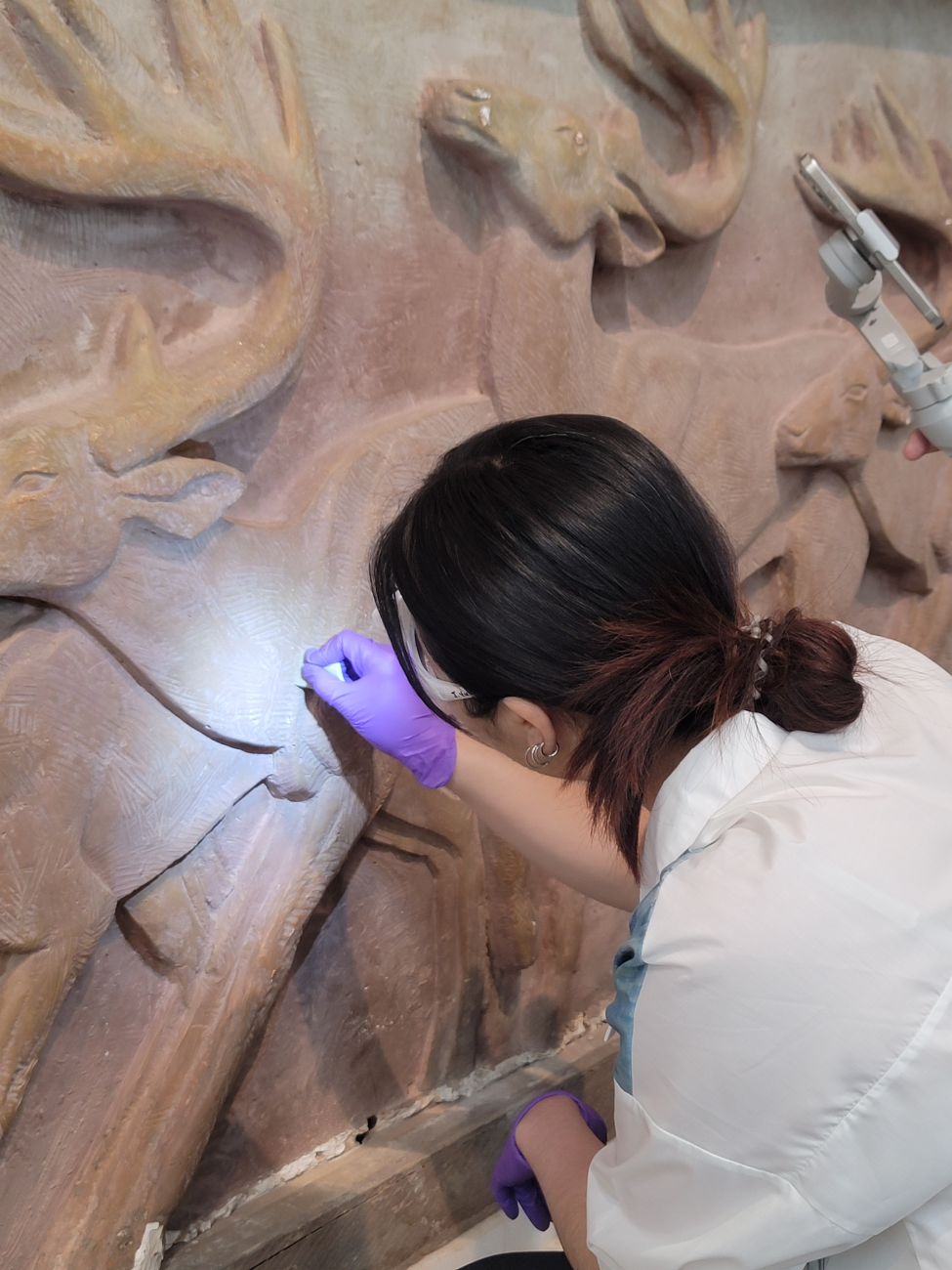
AGO Conservation, Justina Yu cleaning: Frances Norma Loring. Deer Panel, c. 1939-1941. Tripartite painted plaster. Art Gallery of Ontario. Gift of the Estates of Frances Loring and Florence Wyle, 1983. Photo: Melissa Alexander.
Deer Panel will be exhibited for the first time since 1944 in Remade: Clay, Plaster, Stone on Level 2 of the AGO in Mary & Harry Jackman Gallery (gallery 238). Organized by Melissa Alexander, the W. David Hargraft Fellow in Canadian Art, the exhibition is a selection of rarely seen sculptures from the AGO’s Collection, highlighting Loring and Wyle’s commitment to the art form and examining sculpture as a continuous process.

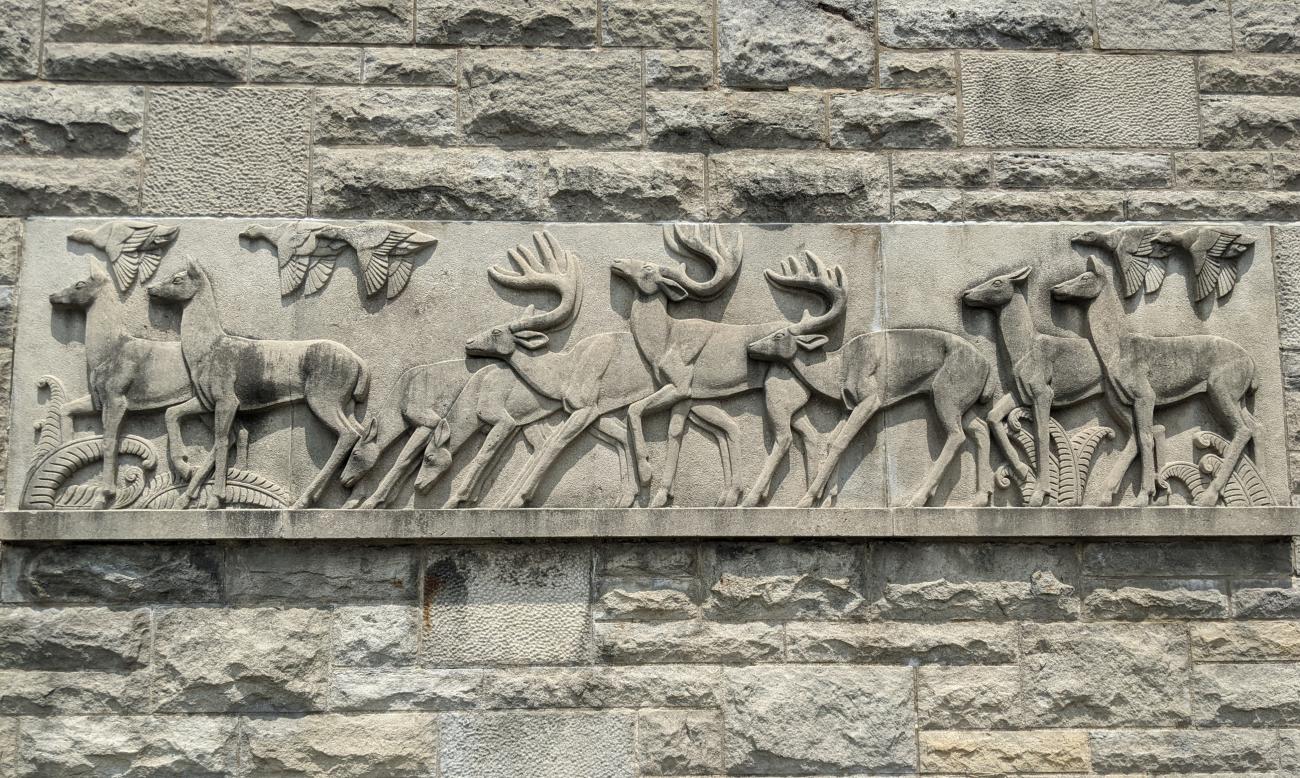
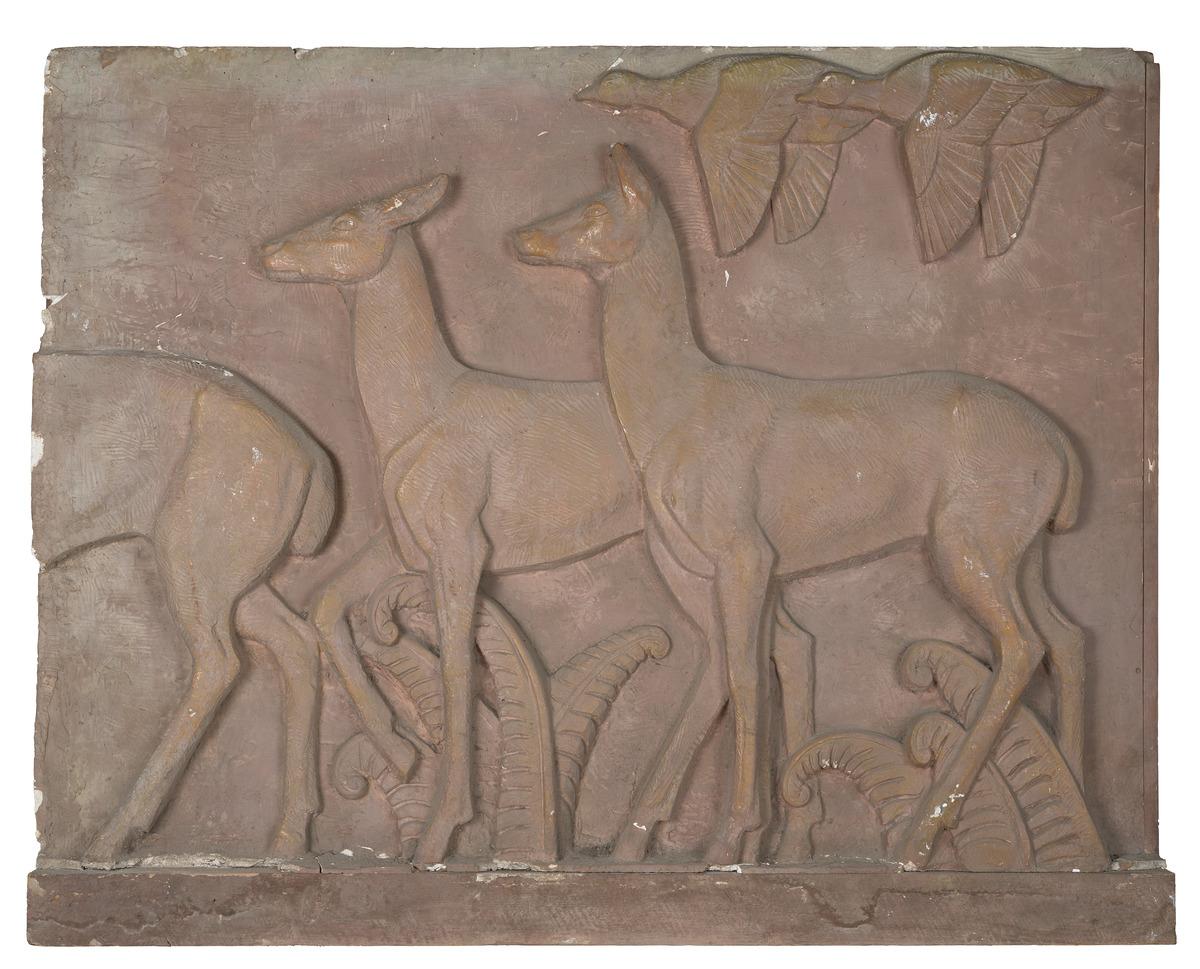
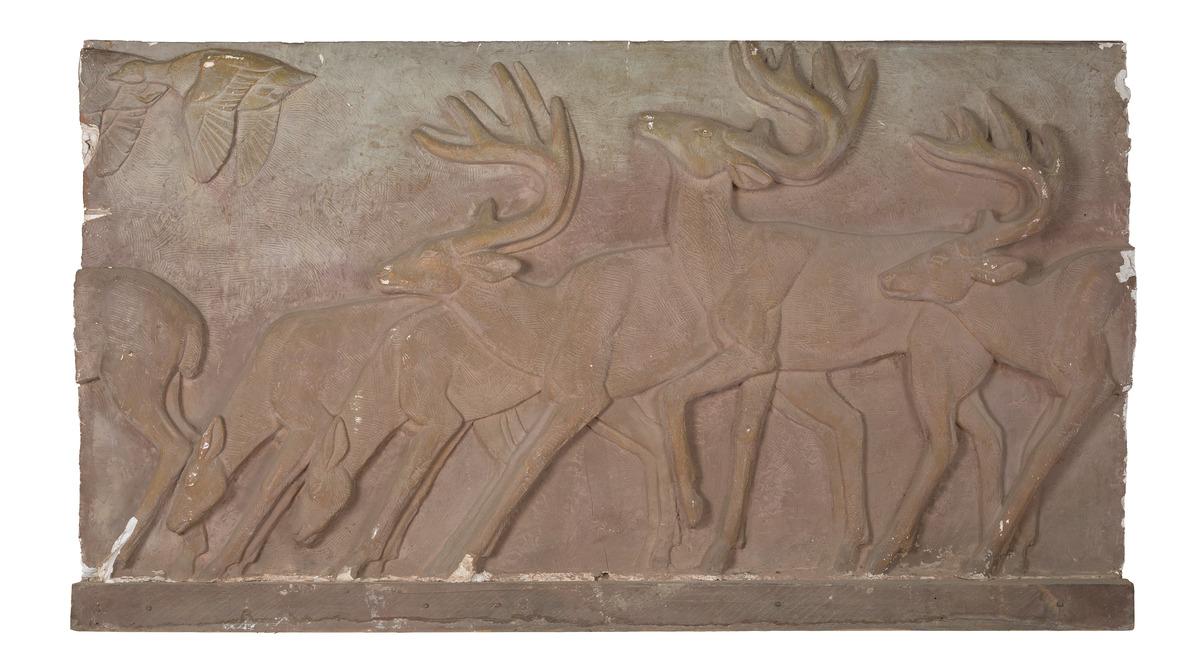

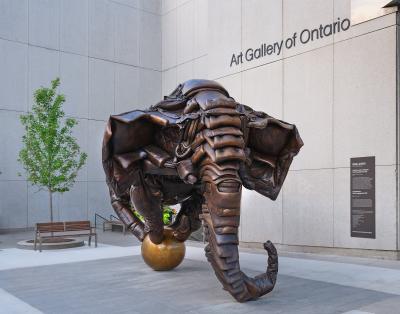
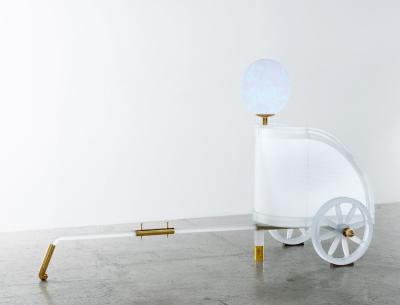
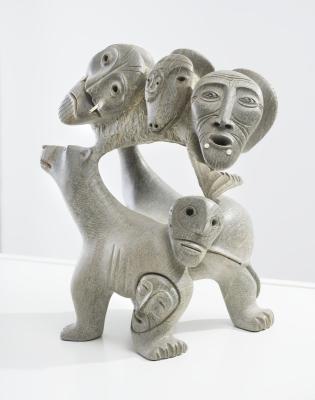
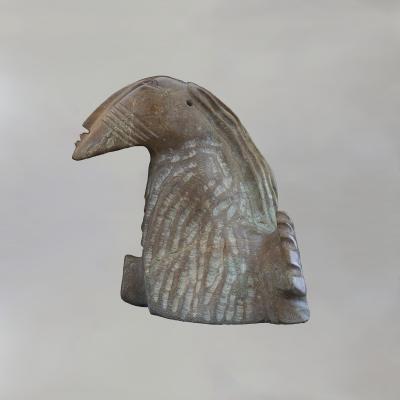

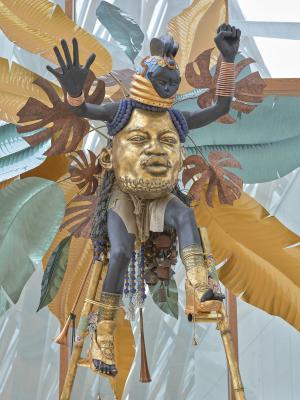
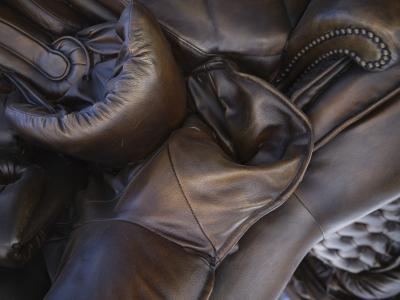
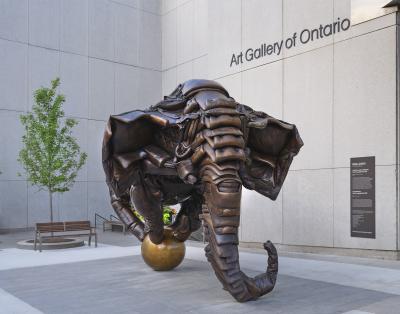
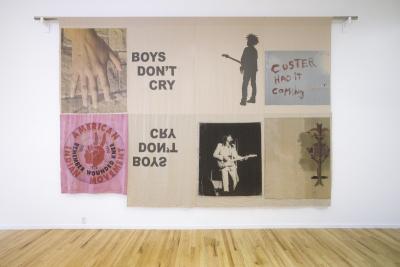
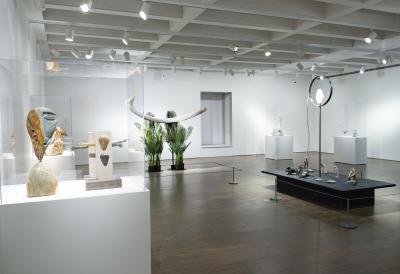
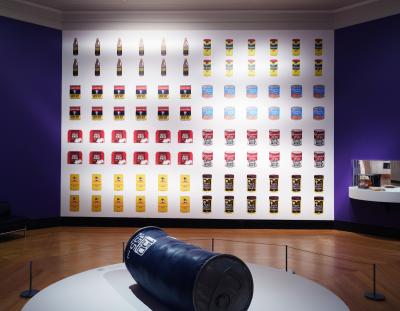


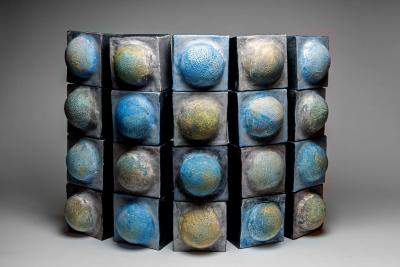
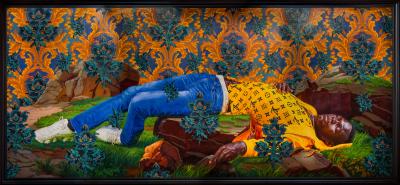
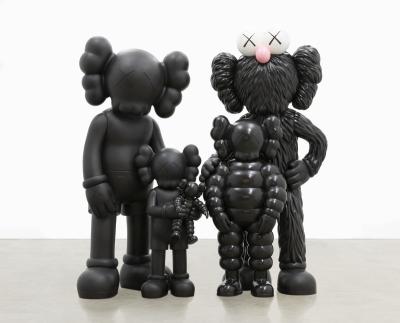
![Keith Haring in a Top Hat [Self-Portrait], (1989)](/sites/default/files/styles/image_small/public/2023-11/KHA-1626_representation_19435_original-Web%20and%20Standard%20PowerPoint.jpg?itok=MJgd2FZP)

